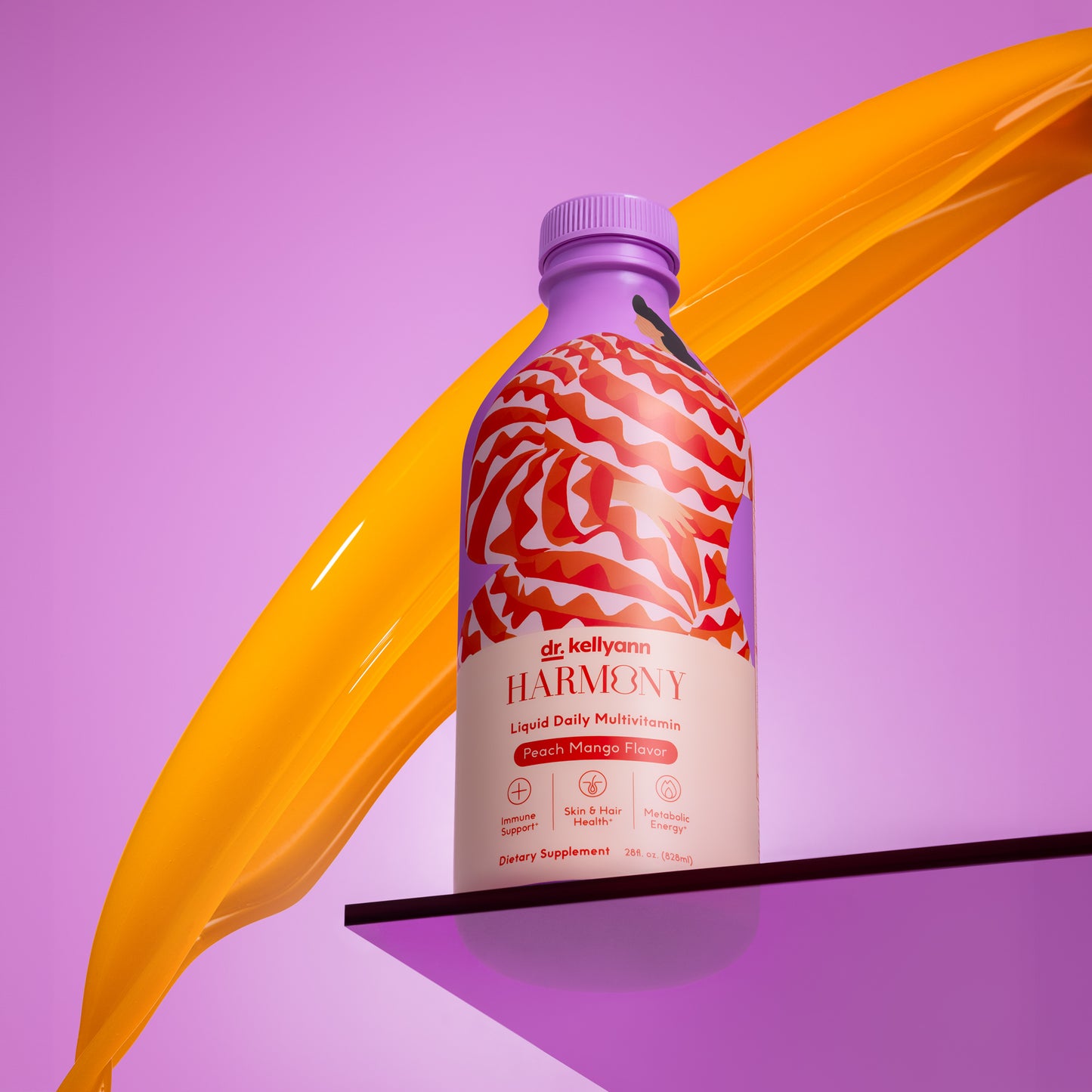
How toxic are your skin care products?
- Parabens. These are estrogen mimics that mess with your hormones and may increase your risk of breast cancer.
- Phthalates. These chemicals are endocrine disruptors that can throw your hormones out of whack.
- Sodium lauryl sulfate. This additive can irritate your skin, eyes, and lungs. Worse yet, it can bond with other common soap ingredients to become nitrosamine, a carcinogen.
- Diethanolamine (DEA): This foaming agent bonds with other chemicals in soaps to create a powerful carcinogen called NDEA.
- Synthetic fragrances. “Fragrance” is an innocent-sounding word, but the aromas in soaps and creams are often created by adding very toxic chemicals. And as for those unnatural blues, greens, and purples—if you don’t trust artificial colors in your food, don’t trust them in your soaps and cream, either.
- Attitude Natural Body Wash. This apple-scented soap is hypoallergenic as well as toxin-free.
- Be Green Bath and Body Gel. This gel comes in three versions: calming lavender, uplifting orange, and unscented.
- Makes 3 Bar Soaps. These are made from organic oils, and come in scents including lavender vanilla, orange blossom, and coriander ginger. There’s also an unscented version.
- Sally B’s Skin Yummies Foaming Hand Soap. These come in lemongrass, lavender, citrus vanilla, and peppermint, and you can get unscented as well.
- Opas Bar Soaps. These are available in scents ranging from classic chamomile and French lavender to frankincense, holiday spice, and (really!) beer.
- Desert Farms Camel Milk Soaps. Luckily, these soaps don’t smell like camels at all. Instead, they come in citrus, lavender, and peppermint scents.
- Cocoon Apothecary’s Rosey Cheeks Facial Cream. This anti-aging cream is loaded with natural ingredients including rosehip oil, avocado oil, and shea butter.
- Sonage Soufflé Cream. This fluffy skin cream is packed with natural antioxidants.
- Be Natural Sea Kelp Daily Moisturizer. In addition to kelp, this moisturizer contains ingredients including red raspberry seed oil, aloe vera, and anti-inflammatory aspen bark extract.
- Finally Pure Hand and Body Lotion. Rich in jojoba oil, avocado oil, and other nutrients, this lotion comes in a range of scents including pink grapefruit, almond vanilla, and rosemary mint. There’s an unscented version as well.
Each time you say no to toxic soaps and creams and choose clean versions like these instead, you’ll lower your body burden of harmful chemicals. This is even more crucial if you’re pregnant, because a number of chemicals in soaps are especially dangerous to unborn children. By the way, if you’re currently using products labeled as safe and non-toxic, check them out anyway. I was surprised to discover that a few popular brands got poor ratings.
How to get quality on a budget
Now, I’ll be totally up-front with you: None of these soaps and creams are as cheap as the stuff you can get on sale at the grocery store. But getting sick isn’t cheap either, right? So if you ask me, toxin-free products are a wise investment. Besides, even if your budget is really tight, there are still ways you can afford quality. Here are a few tips:
- Buy a high-quality liquid soap and dilute it with water so it goes further.
- Use bar soaps rather than bottled soaps, because they last longer.
- Shop the sales. If you’re willing to explore a variety of brands, you’re likely to find some deep discounts.
- Go back to basics and use coconut oil or olive oil. Coconut oil is an awesome skin cream, loaded with skin-nourishing lauric acid and other nutrients. Olive oil also is a good choice; it works best if your skin is slightly damp when you apply it.
Oh, and here’s one more tip for getting the good stuff without shelling out lots of money: Go the “gift” route. Put natural creams and soaps on your birthday and holiday wish lists, and get your friends and family to buy them for you. It’ll make shopping easy for them… and you’ll get the gift of smooth, clean, toxin-free skin!
Keep thinking Big and living BOLD!









